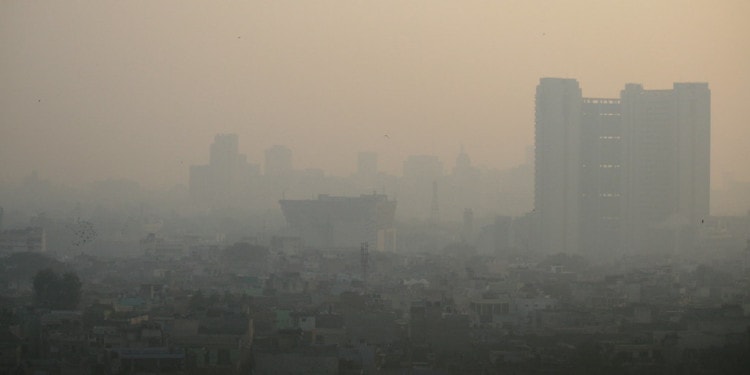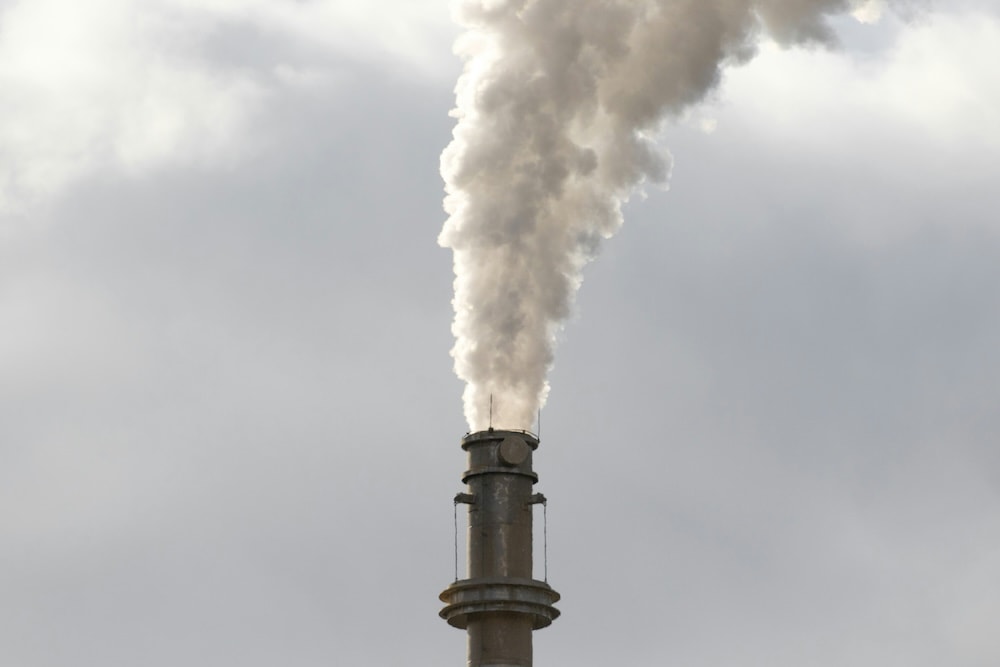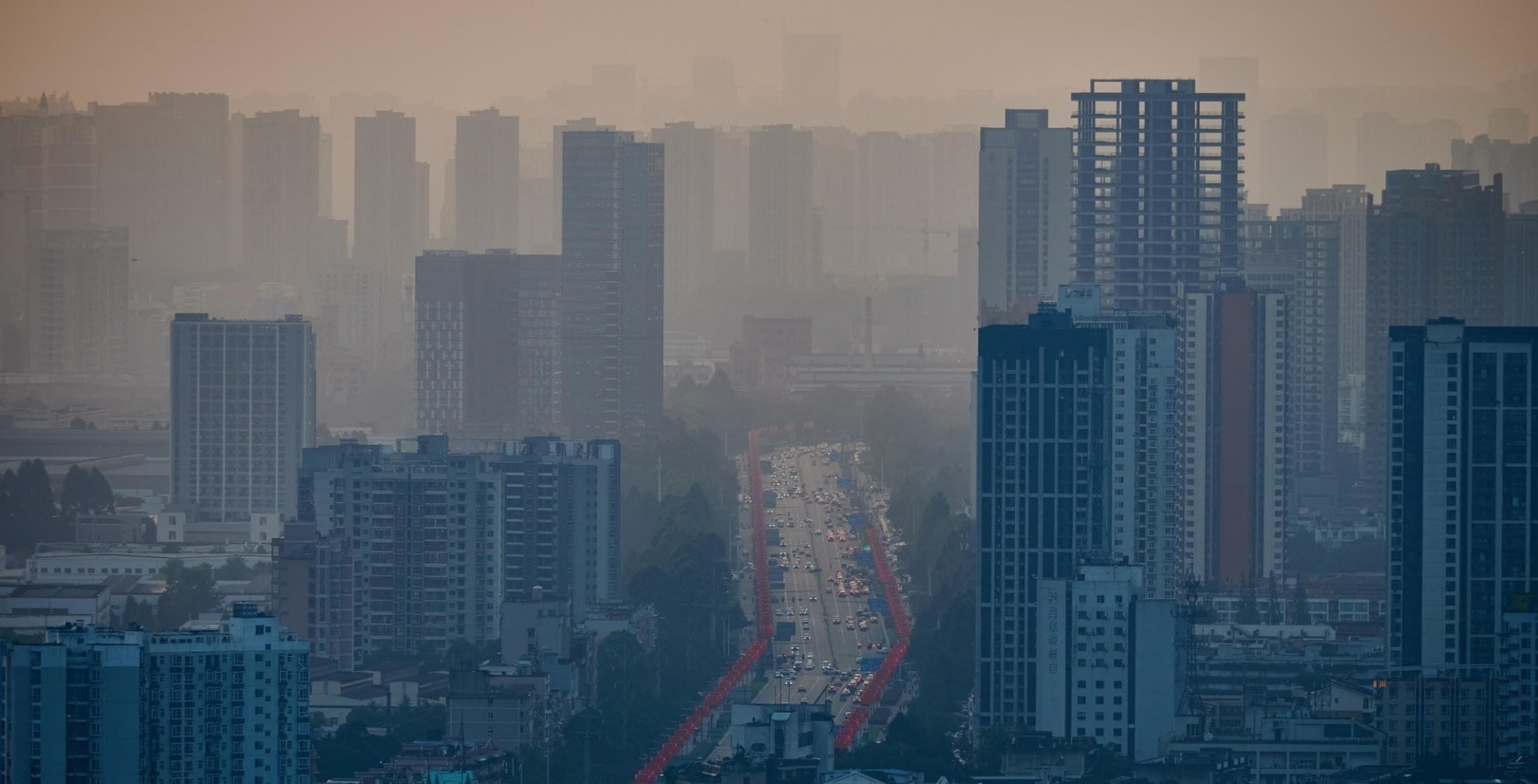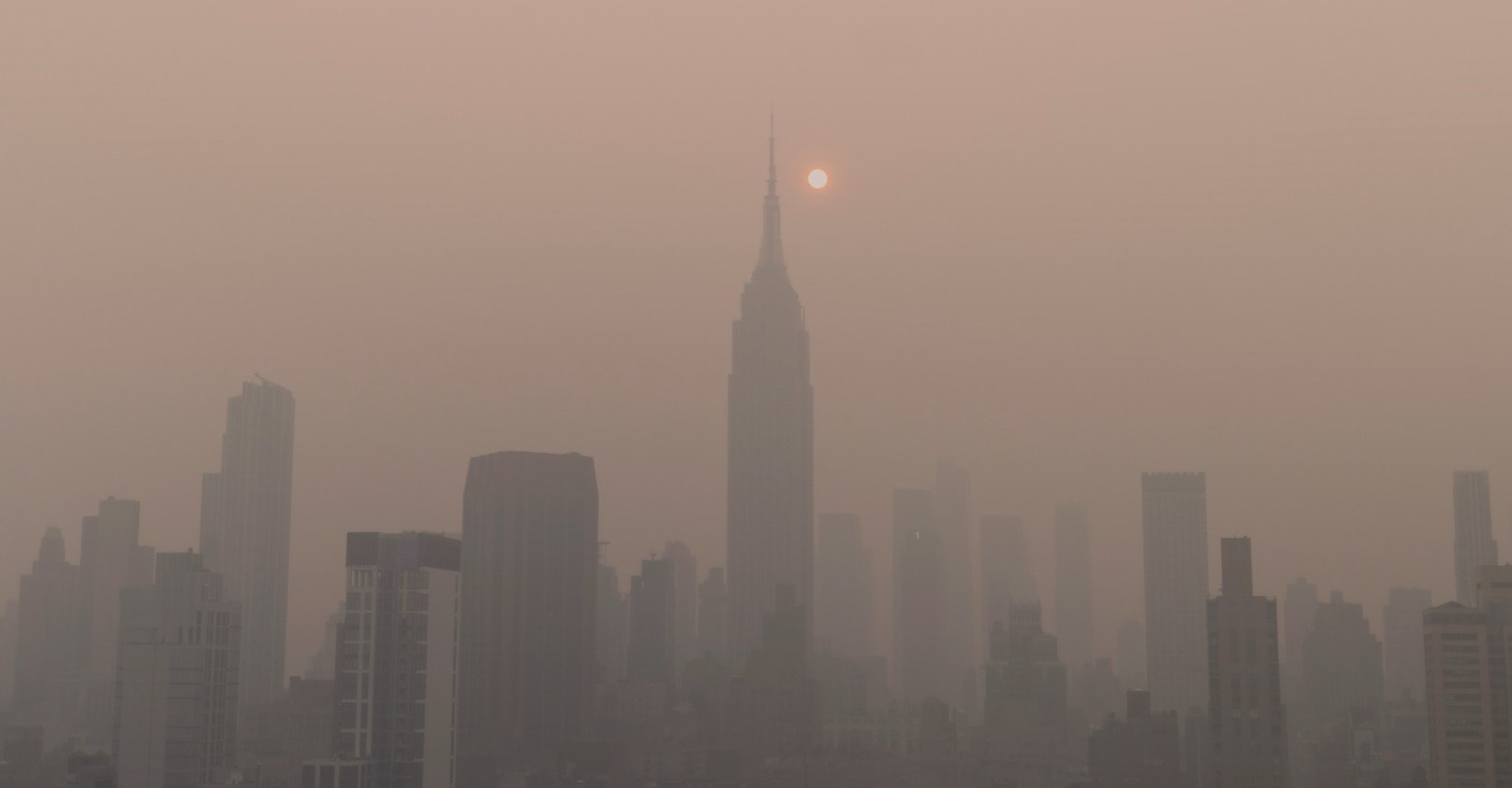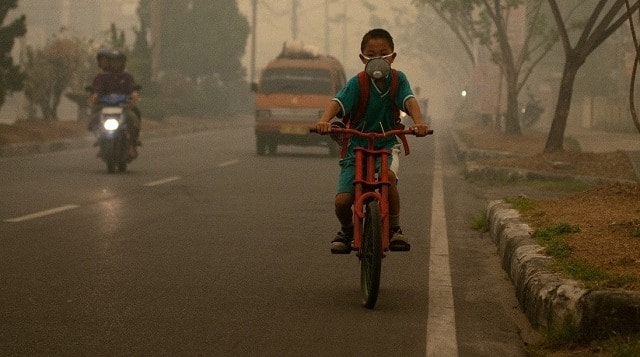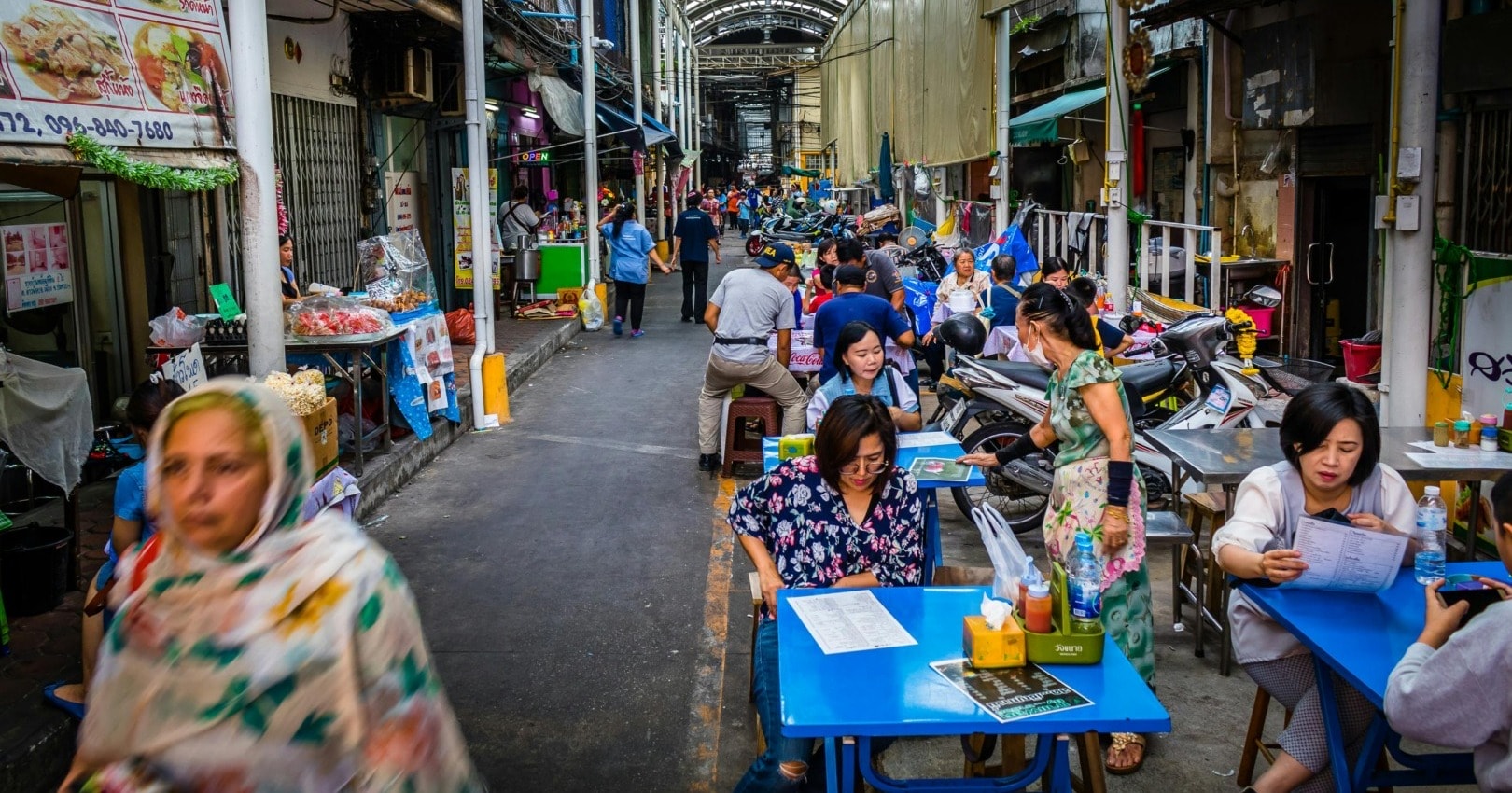Public health emergency declared in New Delhi as Air Quality Index (AQI) levels remain above 800– levels below 50 are considered to be safe. In simple words, pollution levels are 10 times the safe limit.
As of Monday morning, several areas in the city maintain an AQI above 800 after reaching levels of over 1000 over the weekend. These levels are the highest seen in New Delhi in more than three years.
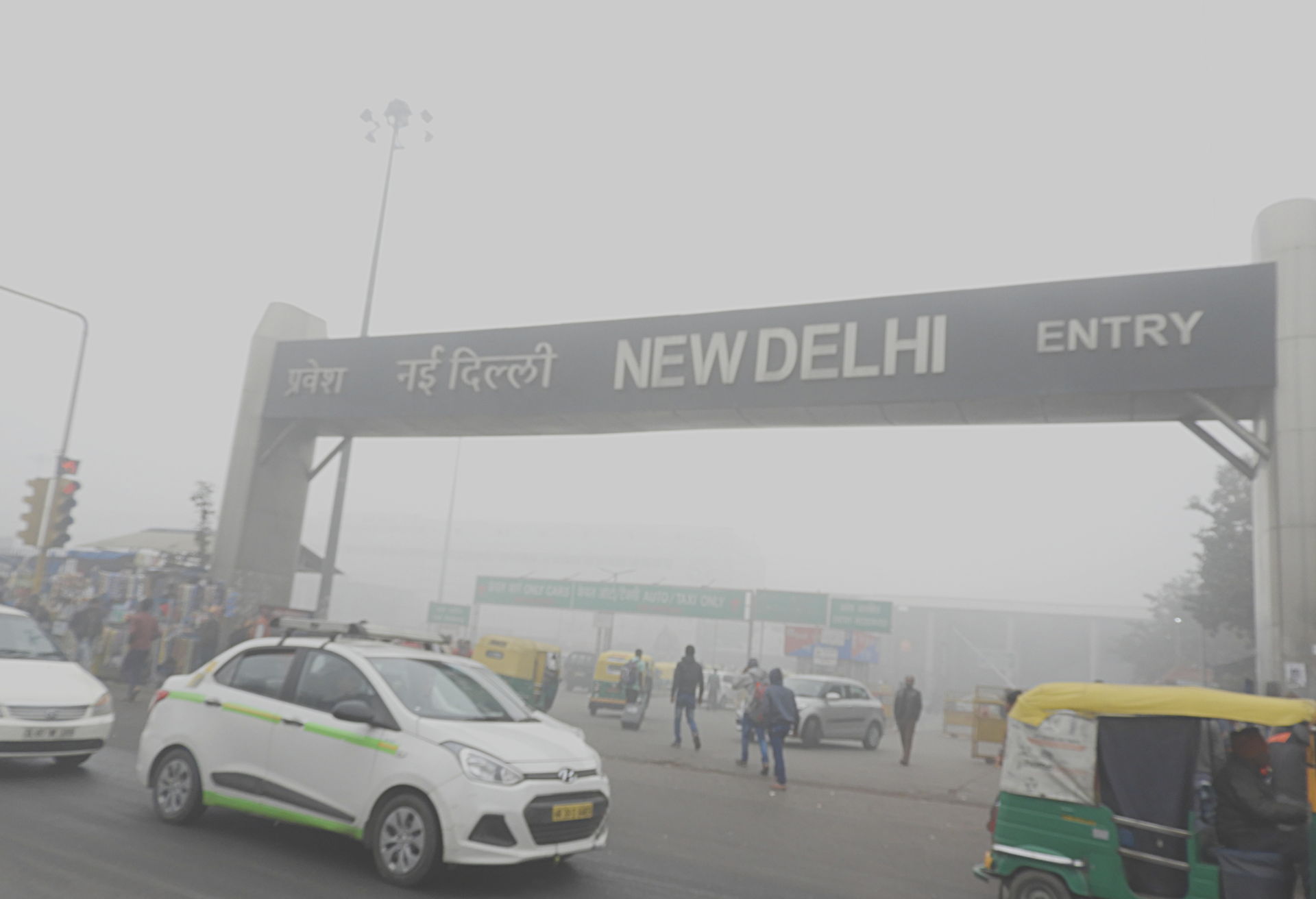
Crop burning in surrounding areas, construction and vehicular emissions, and coal power plants have been causing toxic levels of air pollution in New Delhi year-round, but pollution is exacerbated at this time of year in late October-early November.
At this time of year, the public health crisis in the city is worsened by the large volume of crop fires in regions surrounding the city as farmers clear their fields between harvests. Celebrations of Diwali– the festival of light– also worsen air quality at this time of year as fireworks and firecrackers are set off in massive volumes.
In an attempt to remedy the present situation, construction has been stopped and traffic restrictions have been implemented. New Delhi’s government has implemented an odd-even scheme that will keep 1.2 million vehicles off the road every other day. Vehicles with license plates ending in an odd number are permitted to drive on odd number days and vice versa.
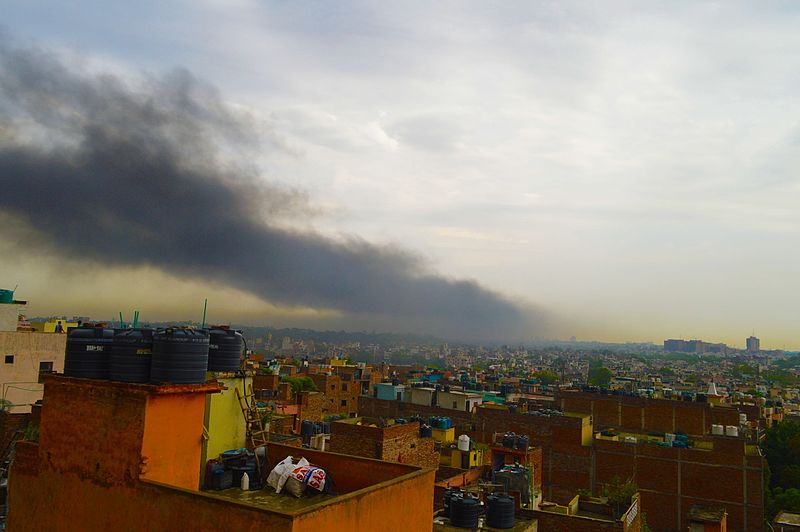
Many are criticizing the odd-even traffic scheme as the majority of the pollution seen in New Delhi is attributed not to activity in the city itself, but to the crop burning in the surrounding states of Punjab and Haryana. Previous attempts to curb this issue have proved to be unsuccessful as farmers deem burning to the most effective method to clear their fields in terms of both cost and time.
Schools have been closed for several days and those who can afford to are staying home but working-class residents are still having to venture outside. At AQI levels this high, pollution is visible in the form of a thick smog that irritates the eyes and throats and can penetrate most face masks. According to the World Health Organization (WHO) as many as 4.2 million people die each year as a result of exposure to high levels of air pollution as these hazardous levels have been associated with increased rates of strokes, heart attacks, and lung disease. For children the risk may be even greater as long term exposure to air pollution has been compared to smoking a pack of cigarettes a day and can cause developmental issues among other health concerns.
New Delhi now faces the task of cutting air pollution by 65% in order to meet the clean air standard as the present levels of air pollution seen in the city can reduce the life expectancy of residents by seven years. India is currently home to 22 of the top 30 most polluted cities in the world, but there is hope for the future of these cities. China had previously dominated the rankings for cities with the worst air pollution but has made significant improvements in reducing AQI levels.


